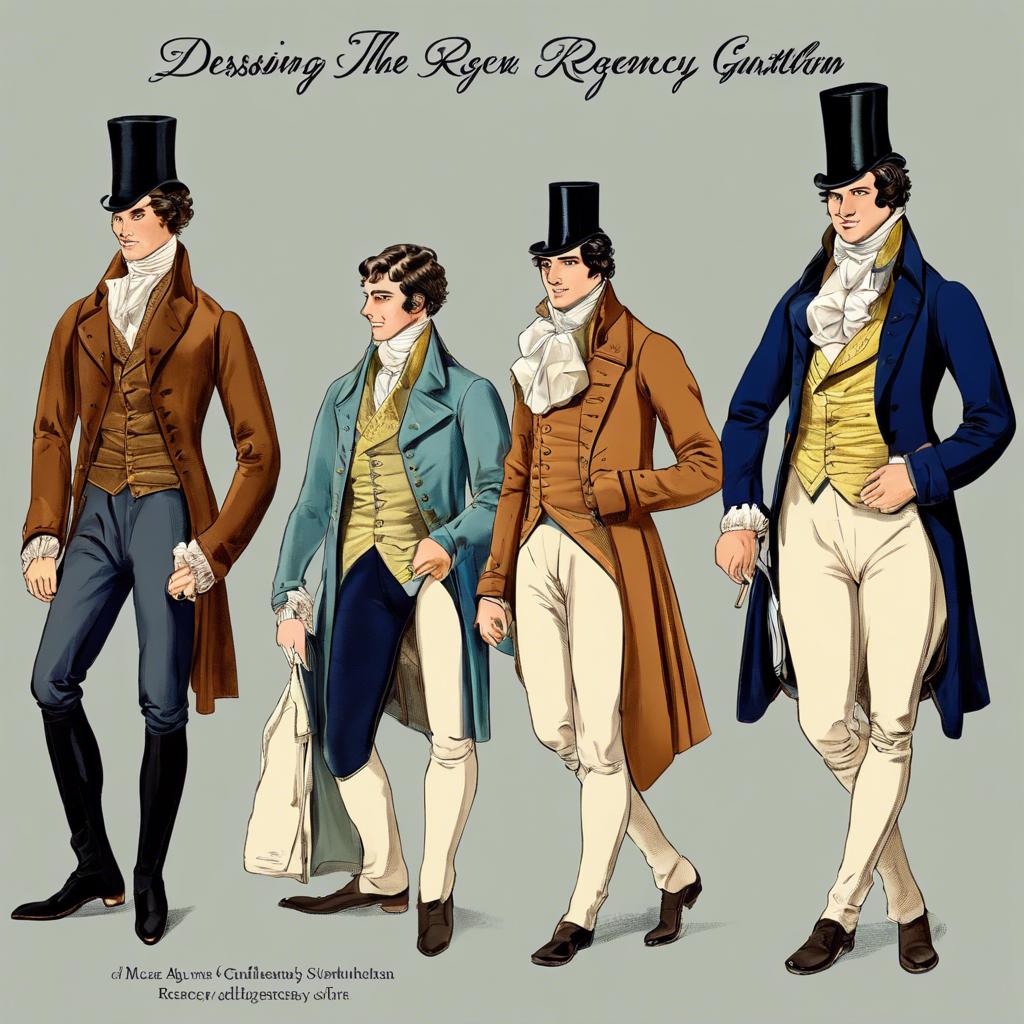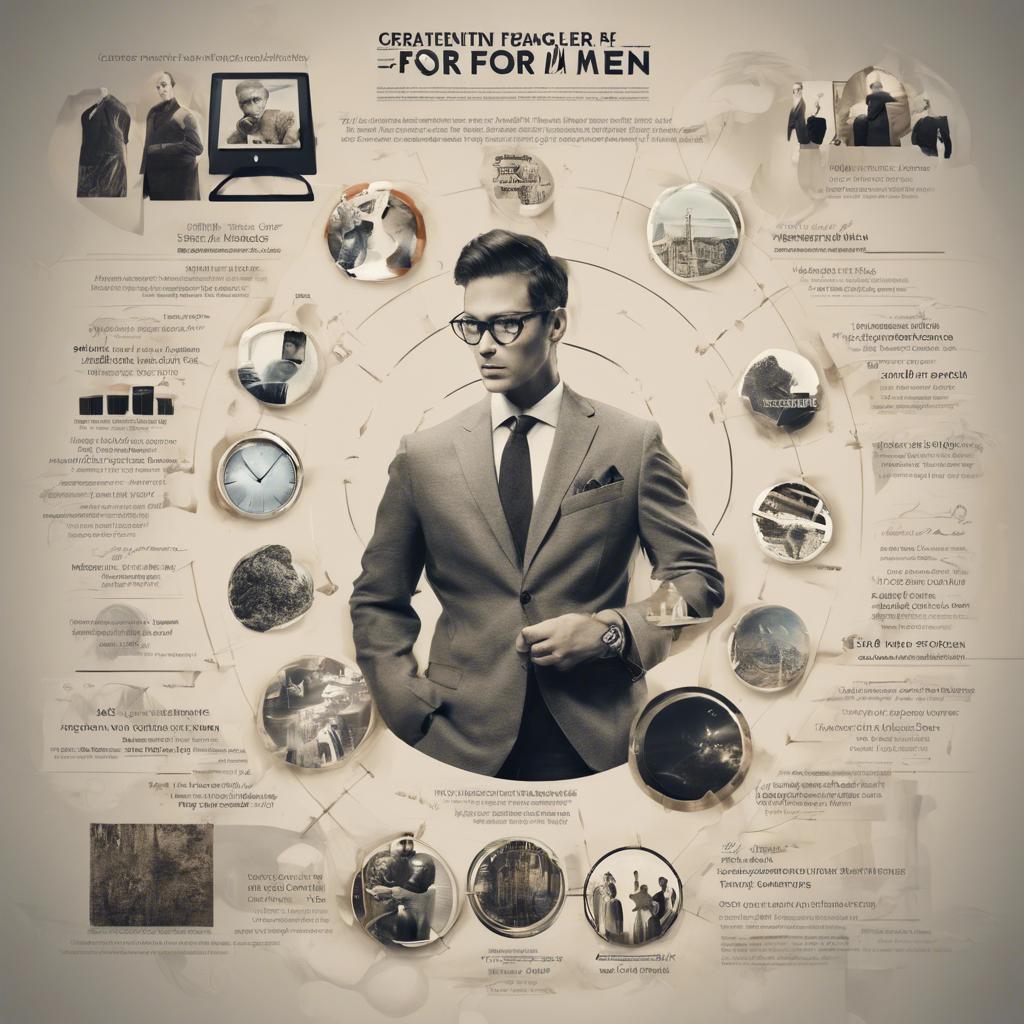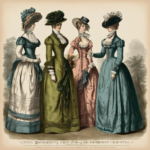During the Regency era, a pivotal period in British history that spanned from 1811 to 1820, gentlemen of the upper class exuded refined elegance and sophistication in every aspect of their lives. From their immaculately tailored clothing to their impeccable manners and social graces, men during this time embraced a unique blend of tradition and modernity. Join us as we delve into the intricacies of Regency era fashion, etiquette, and lifestyle, shedding light on what it truly meant to be a man of distinction during this illustrious period in history.
Step Into the World of Cheryl Bolen
Dive into the enchanting stories of love, intrigue, and elegance set in the Regency Era. Cheryl Bolen's novels offer timeless romance and captivating tales that will leave you wanting more.
Explore Cheryl Bolen's Books Now
Dressing the Regency Gentleman: Fashion and Style Tips
During the Regency era, men’s fashion was a reflection of refined taste and sophistication. To embody the style of a Regency gentleman, one must pay attention to the details of their attire. Here are some tips to help you dress the part:
For formal occasions, a Regency gentleman would typically wear a tailcoat or frock coat in dark colors such as black, navy, or dark green. Pair this with a crisp white shirt and a silk cravat or ascot for a touch of elegance. Breeches or trousers in neutral tones like beige or grey would complete the ensemble.
Accessories are key to completing the Regency look. A top hat, gloves, and a cane were essential accessories for a gentleman of this era. Additionally, be sure to pay attention to the details such as the fit of your clothing and the quality of the fabric. By following these fashion and style tips, you can step back in time and embrace the sophistication of the Regency era.
Etiquette and Manners: Navigating Social Norms
In the Regency era, men were expected to adhere to a strict code of etiquette and manners in order to navigate social norms successfully. One of the most important rules for men during this time was to always address others with proper respect and formality. This meant using titles such as “Mr.” or “Sir” when speaking to peers and elders.
Another key aspect of Regency era etiquette for men was the importance of dressing appropriately for every occasion. Men were expected to wear tailored suits, waistcoats, cravats, and top hats to formal events, while more casual gatherings called for well-fitted breeches, shirts, and waistcoats. Accessories such as pocket watches and walking sticks were also considered essential for a well-dressed gentleman.
Furthermore, men in the Regency era were expected to conduct themselves with grace and composure at all times. This included showing courtesy towards women, standing when a lady entered the room, and offering assistance with tasks such as opening doors or pulling out chairs. By following these guidelines, men could navigate the intricate social norms of the Regency era with ease and charm.
Grooming and Personal Care: From Top Hats to Tailcoats
In the Regency era, men’s grooming and personal care were of utmost importance, reflecting their social status and refinement. From top hats to tailcoats, every detail was meticulously attended to in order to present a polished and sophisticated appearance.
Men of the Regency era followed a strict grooming regimen, including regular visits to the barber for haircuts and shaves. Their hair was often styled in a neat and controlled manner, with the use of pomades and oils to maintain a sleek look. Facial hair was also carefully groomed, either trimmed close to the face or styled into fashionable whiskers or sideburns.
Accessories such as pocket watches, walking sticks, and gloves were essential elements of a gentleman’s ensemble. These items not only served a practical purpose but also added a touch of elegance to their overall look. A well-groomed man in the Regency era was a symbol of sophistication and class, embodying the ideals of the time.
Leisure Activities for Regency Men: Pursuits and Pastimes for the Modern Gentleman
During the Regency era, men of distinction engaged in a variety of leisure activities that showcased their refinement and sophistication. From sporting pursuits to cultural pastimes, these gentlemen knew how to enjoy their free time in style.
One popular leisure activity for Regency men was the art of fencing. Masters of the sword, these gentlemen honed their skills in the dueling ring, showcasing their agility and precision. With a focus on technique and form, fencing was both a physical and mental challenge for the modern gentleman.
Another favored pastime for Regency men was the indulgence in fine arts and literature. From attending the opera to hosting literary salons, these gentlemen appreciated the finer things in life. With a keen eye for beauty and a love of poetry, the Regency man was well-rounded in his cultural pursuits.
In Conclusion
As men in the Regency era found themselves in a time of great societal change and shifting ideals of masculinity, they adapted their fashion, behavior, and attitudes to navigate this tumultuous period. From the dandyism of Beau Brummell to the military prowess of Admiral Nelson, Regency men embodied a wide range of characteristics and styles that continue to influence our perceptions of masculine identity today. By delving into the intricacies of Regency fashion, etiquette, and cultural norms, we can gain a deeper understanding of the complexities of masculinity in this transformative era. Through our exploration of the Regency era for men, we hope to shed light on the nuances of history and offer a glimpse into the lives of men who navigated a rapidly changing world with grace, style, and resilience.


